Hooked in the High Country: Colorado’s Best Trout Streams
Colorado’s majestic Rocky Mountains cradle some of North America’s most pristine and productive trout waters. From tumbling alpine streams to broad tailwaters, the Centennial State offers anglers an unparalleled diversity of fishing experiences. The combination of stunning scenery, abundant public access, and healthy fish populations makes Colorado a premier destination for fly fishing enthusiasts and conventional anglers alike. Whether you’re a seasoned angler or just beginning your fishing journey, Colorado’s trout streams provide endless opportunities to connect with nature while pursuing the noble art of fishing. This guide explores the state’s finest trout waters, highlighting what makes each location special and offering insights to help you plan your next high-country fishing adventure.
The Gold Medal Waters of the South Platte River
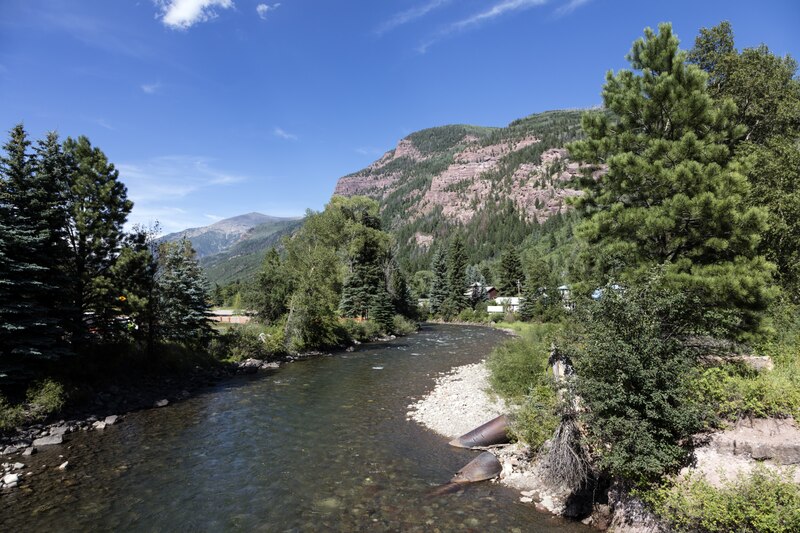
The South Platte River stands as one of Colorado’s most celebrated trout fisheries, with several sections designated as Gold Medal waters by Colorado Parks and Wildlife. These prestigious stretches, including the Dream Stream between Spinney and Eleven Mile Reservoirs, host impressive populations of rainbow, brown, and cutthroat trout. The tailwater sections below the reservoirs maintain consistent water temperatures year-round, creating ideal conditions for insect hatches and steady fishing opportunities across seasons. Anglers particularly prize the Cheesman Canyon section for its technical fishing and trophy-sized brown trout that often exceed 20 inches. Access points like Deckers and Waterton Canyon provide excellent entry to productive waters, though weekend crowds can be substantial due to the river’s proximity to Denver.
Fryingpan River: A Tailwater Treasure

Flowing from the base of Ruedi Reservoir near Basalt, the Fryingpan River offers some of the most consistent and rewarding tailwater fishing in the western United States. The cold, clear waters support a remarkable biomass of insects, creating the perfect environment for trout to grow to impressive sizes. The river’s legendary “Toilet Bowl” pool directly below the dam hosts some of the largest rainbow trout in the state, with specimens often reaching 5-10 pounds. Mysis shrimp washed from the reservoir contribute to the extraordinary growth rates of these fish, creating a unique ecosystem not found in many other Colorado waters. The 14-mile Gold Medal stretch from the reservoir to Basalt provides diverse fishing opportunities, from pocket water to deep pools, attracting anglers from across the globe seeking the river’s famous hatches and selective trout.
Gunnison River and the Black Canyon
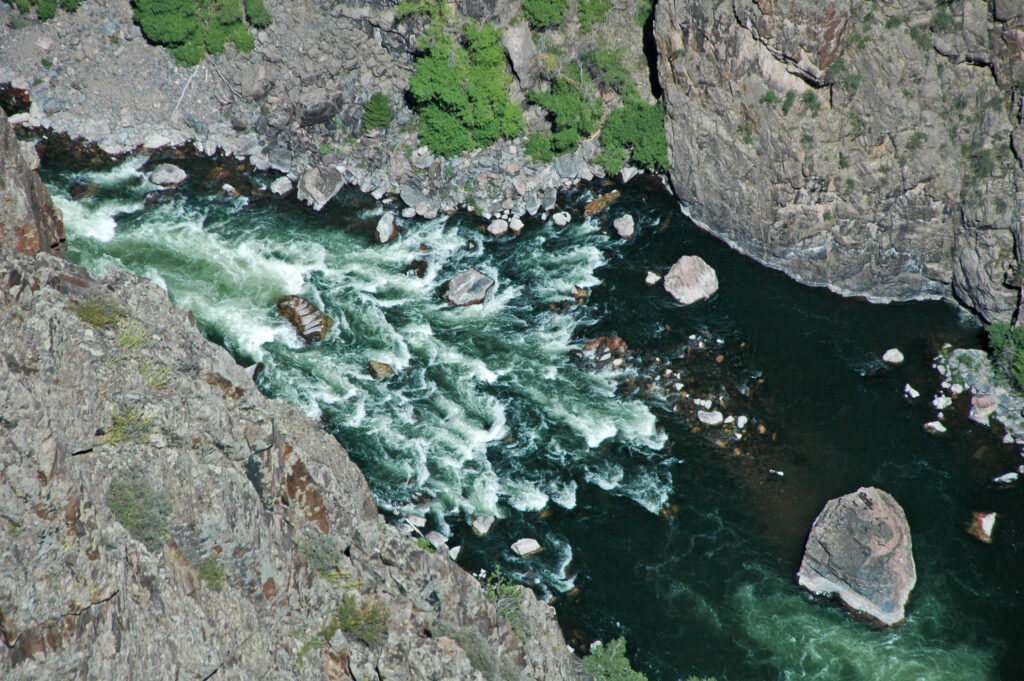
The Gunnison River cuts through some of Colorado’s most dramatic landscapes, including the vertigo-inducing Black Canyon, where steep granite walls plunge nearly 2,000 feet to the water. The Gold Medal section from the North Fork confluence to the Uncompahgre River offers exceptional fishing for brown and rainbow trout averaging 14-18 inches, with many exceeding 20 inches. The most hallowed stretch flows through Black Canyon National Park, where limited access creates a wilderness fishing experience that rewards the adventurous angler. Those willing to make the strenuous hike into the canyon are greeted with light fishing pressure and trout that readily take well-presented flies. Above the Black Canyon, the Gunnison Gorge provides more accessible but still remarkable fishing, with float trips offering a compelling way to cover water through this breathtaking landscape.
Arkansas River: Colorado’s Longest Freestone

Flowing for 152 miles from Leadville to Pueblo, the Arkansas River stands as Colorado’s longest Gold Medal trout stream and offers perhaps the most diverse fishing experiences in the state. The upper reaches near Leadville provide intimate pocket water fishing for smaller but eager trout, while the famous stretch through Browns Canyon National Monument combines world-class whitewater rafting with exceptional fishing opportunities. The Salida to Cañon City section, known as Bighorn Sheep Canyon, offers the most consistent year-round fishing with substantial brown trout populations that respond well to stonefly patterns during summer months. Unlike many Colorado rivers, the Arkansas remains primarily a freestone stream, making it susceptible to runoff conditions but also creating more natural insect cycles and fish behavior patterns that many anglers find rewarding.
Rio Grande: Southern Colorado’s Hidden Gem

The Rio Grande begins its 1,900-mile journey to the Gulf of Mexico in Colorado’s San Juan Mountains, offering excellent but often overlooked trout fishing in its upper reaches. The section between South Fork and Del Norte features productive public access points where anglers can target brown, rainbow, and occasionally cutthroat trout in a variety of water types. Unlike more famous Colorado rivers, the Rio Grande often provides solitude even during peak seasons, with fish that haven’t seen as many flies and therefore tend to be less selective. The river’s caddis hatches from May through July create exceptional dry fly opportunities, while terrestrial patterns prove deadly during late summer months. The surrounding landscape of the San Luis Valley adds to the fishing experience, with the distinctive profile of the Sangre de Cristo mountains creating a dramatic backdrop for anglers.
Roaring Fork River: Valley of Opportunity
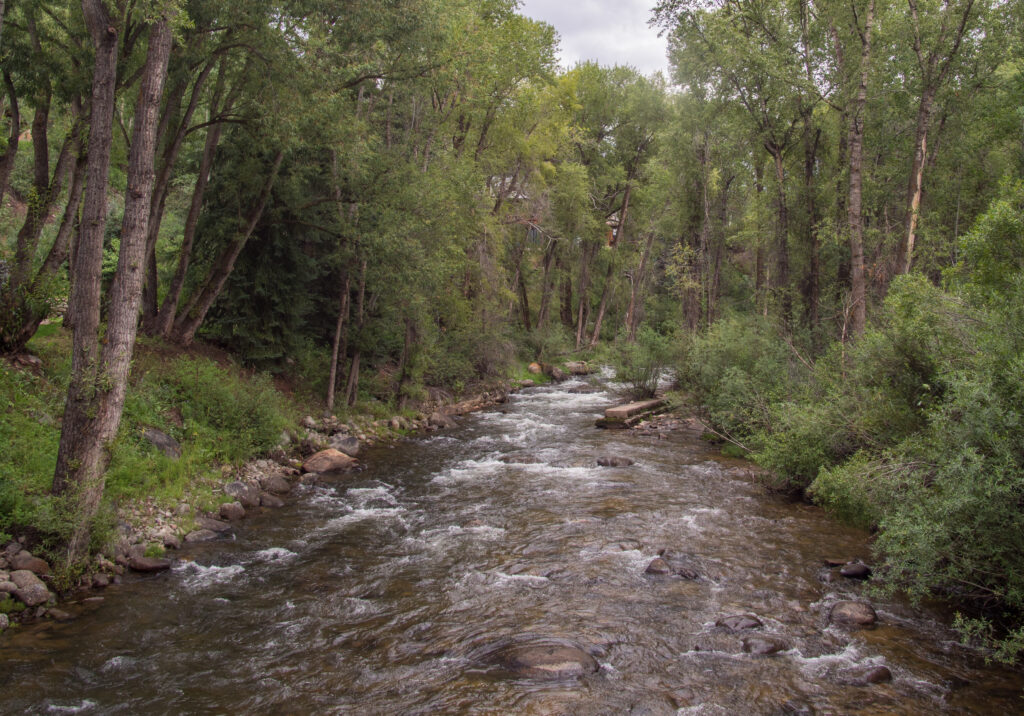
The Roaring Fork River flows from the Continental Divide near Independence Pass down through Aspen, Basalt, and ultimately joins the Colorado River at Glenwood Springs, dropping over 7,000 feet in its relatively short course. This dramatic gradient creates diverse fishing environments, from small pocket water in the upper reaches to broader riffles and pools in the lower sections. The entire 70-mile length holds trout, with the 42-mile stretch from Basalt to Glenwood Springs designated as Gold Medal water. The river hosts a grand slam opportunity, where anglers can potentially catch rainbow, brown, brook, and cutthroat trout in a single day. Fall brings brown trout spawning runs from the Colorado River, creating opportunities for trophy fish, while summer offers consistent dry fly action with green drake hatches that have achieved legendary status among Colorado anglers.
Taylor River: A Tale of Two Fisheries
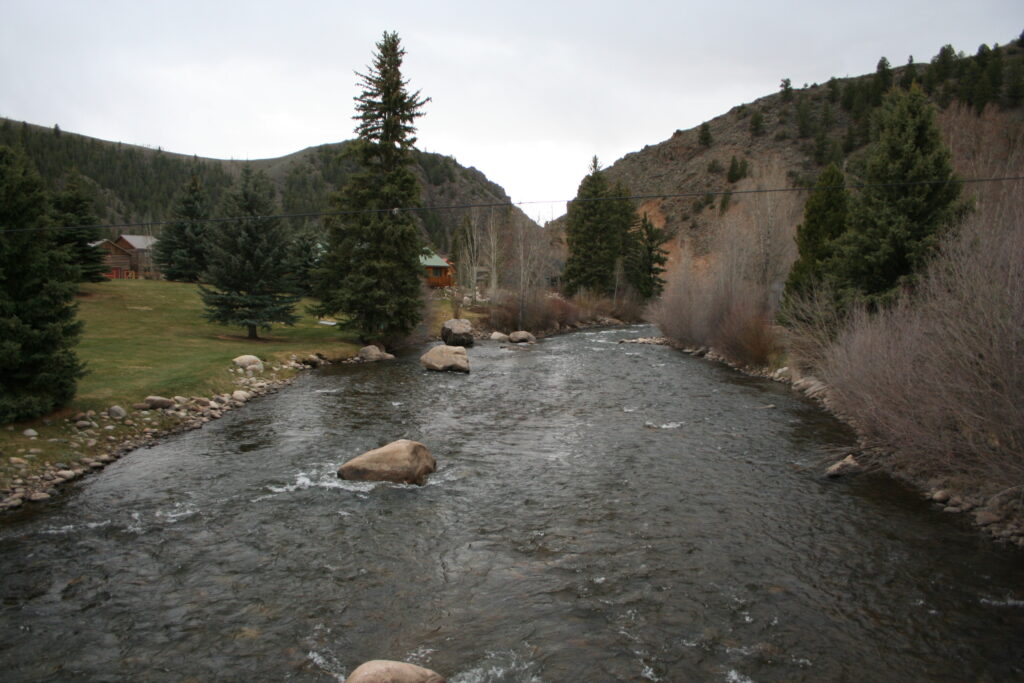
The Taylor River below Taylor Park Reservoir creates one of Colorado’s most distinctive fishing environments, with dramatically different experiences above and below Taylor Canyon. The C-Section, a short stretch immediately below the dam, harbors enormous rainbow trout—some exceeding 10 pounds—that feed on mysis shrimp from the reservoir, creating a technical, high-stakes fishing experience that challenges even the most skilled anglers. Below the canyon, the river transforms into more traditional freestone water with moderate-sized browns and rainbows that respond well to standard fly patterns and tactics. The nearby town of Almont offers excellent accommodations and services for visiting anglers, making the Taylor an accessible destination despite its relatively remote location. Winter fishing can be particularly productive in the tailwater section, as the dam release maintains ice-free conditions and active feeding when many other Colorado rivers are difficult or impossible to fish.
Colorado River: Middle Park to Glenwood
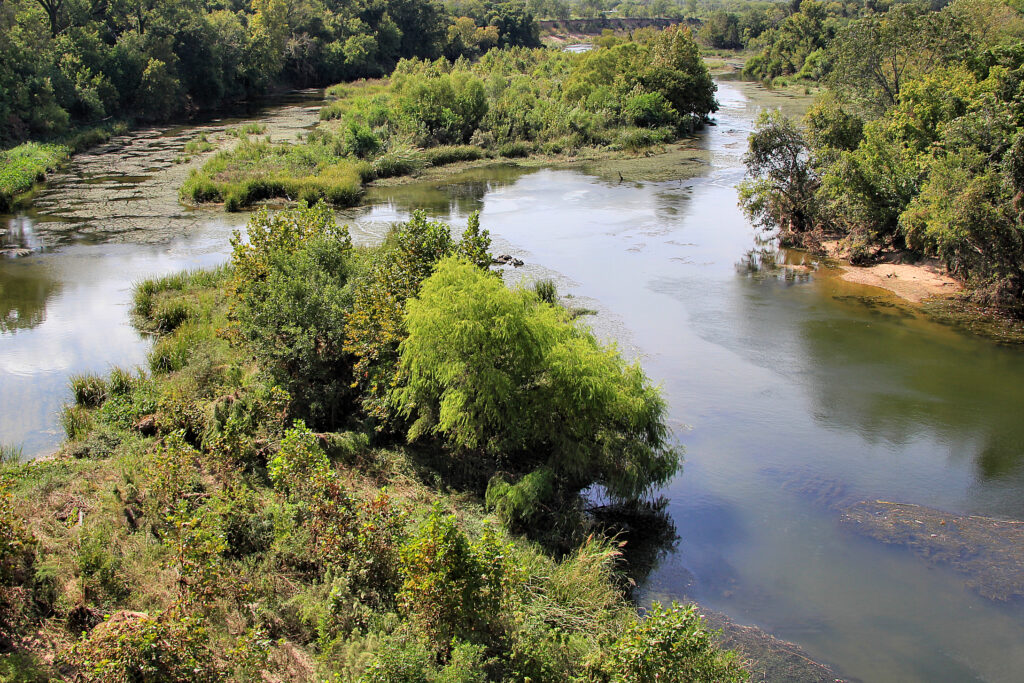
While many associate the Colorado River with its massive lower sections through the Grand Canyon, its upper reaches in Colorado offer exceptional trout fishing opportunities. The stretch from Windy Gap Reservoir to State Bridge, flowing through Middle Park, features productive public access points and healthy populations of brown and rainbow trout. Below Gore Canyon, the river broadens and slows, creating ideal float fishing conditions with numerous side channels and structure that hold larger fish. The section through Glenwood Canyon combines spectacular scenery with productive pocket water fishing, though anglers must compete with rafters and kayakers during summer months. Fall brings increased solitude and the possibility of connecting with large brown trout moving upstream from larger downstream sections to spawn.
Blue River: A Study in Contrasts
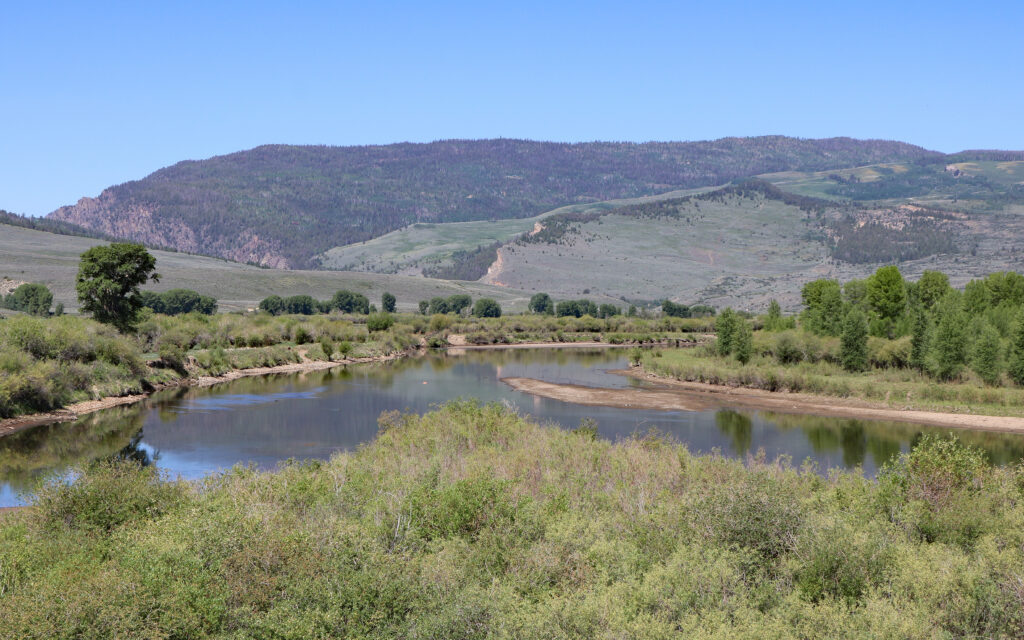
The Blue River exemplifies how varied a single watercourse can be, with its character changing dramatically throughout its relatively short length. Below Dillon Reservoir, the river flows through the town of Silverthorne, creating one of Colorado’s most accessible Gold Medal waters where anglers can sight-fish for large trout between shopping trips at the nearby outlet stores. This tailwater section maintains clear, cold flows year-round, supporting exceptional midge hatches even during winter months. In contrast, the stretch above Dillon Reservoir offers more natural conditions with smaller but often more willing trout in a picturesque mountain setting. The lower Blue below Green Mountain Reservoir receives less pressure and holds surprising numbers of large brown trout, particularly during the fall spawning season when fish from the Colorado River move upstream.
Yampa River: Northwestern Colorado’s Jewel
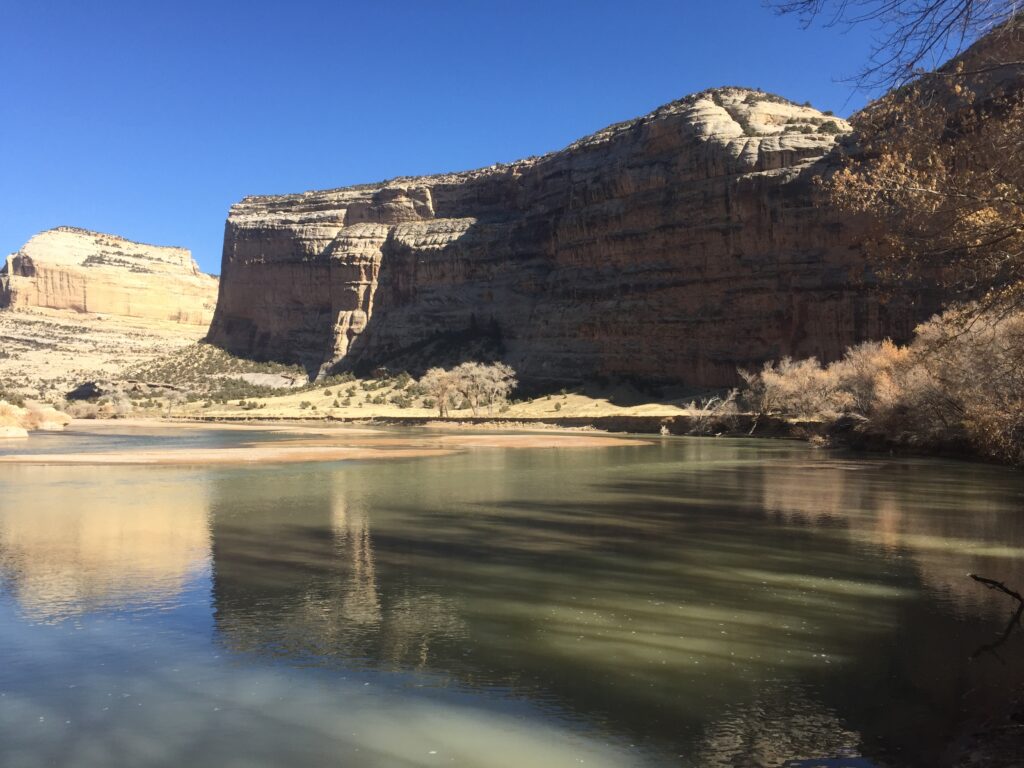
The Yampa River flows through the heart of Steamboat Springs, providing one of Colorado’s most accessible urban fishing experiences with substantial public access through town parks and open spaces. Despite its visibility and popularity, the river maintains a healthy population of wild rainbow and brown trout, with many reaching impressive sizes due to the river’s productive insect life. The town section holds a Gold Medal designation, testament to the quality of both the fishery and the conservation efforts that have preserved it despite development pressures. Beyond Steamboat, the river continues through less-populated areas where fishing pressure diminishes and the experience becomes more remote, particularly in the sections flowing through Dinosaur National Monument. The annual stonefly hatch in late spring creates perhaps the most exciting fishing of the year, when even the largest trout throw caution aside to feed on these protein-rich insects.
Animas River: Southwestern Beauty

The Animas River through Durango represents one of Colorado’s most scenic urban fisheries, with Gold Medal waters flowing directly through this historic mining and railroad town. The river faced serious challenges following the 2015 Gold King Mine spill, but has shown remarkable recovery, with recent surveys indicating healthy trout populations throughout the Gold Medal section. Above Durango, the river flows through spectacular mountain terrain where cutthroat trout populations offer a more native fishing experience in smaller water. Below town, the river broadens and slows, creating excellent float fishing opportunities with less pressure than the heavily-fished town section. The Animas differs from many Colorado rivers in its relatively low gradient through town, creating longer pools and glides that favor different fishing techniques than the pocket water that dominates many mountain streams.
North Platte River: The Wilderness Experience

While most of the North Platte’s famous waters lie in Wyoming, the river begins in Colorado’s North Park region, creating excellent fishing opportunities in a setting that feels far removed from the more crowded Front Range waters. The section within the Mount Zirkel Wilderness offers a genuine backcountry experience, where anglers willing to hike can find native Colorado River cutthroat trout in pristine alpine settings. Below the wilderness, the river flows through broad meadows where sight-fishing for cruising trout provides a distinctive challenge compared to the pocket water typical of most Rocky Mountain streams. Though the Colorado section generally holds smaller fish than the famous Wyoming stretches, the remarkable solitude and beautiful setting compensate for any lack of trophy specimens. Winter in North Park brings brutal conditions but also opportunities for ice fishing on the frozen river, a unique experience for those properly prepared for the extreme environment.
Small Stream Treasures: Beyond the Famous Waters
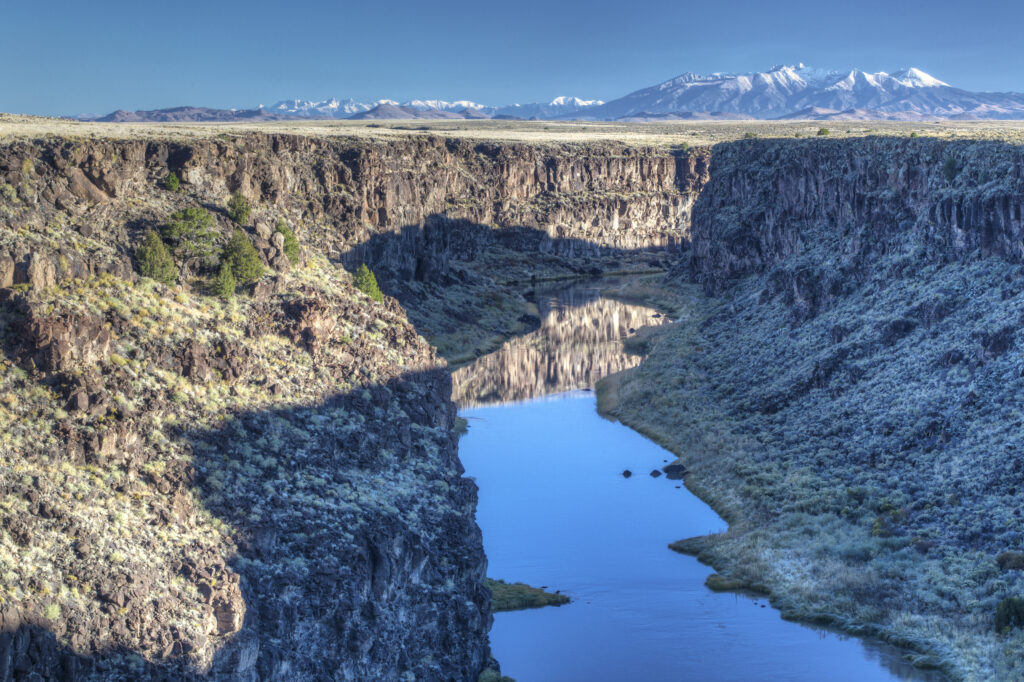
While Colorado’s famous rivers deservely attract attention, the state harbors countless smaller streams that offer intimate fishing experiences and often native trout species. High mountain creeks throughout the state hold populations of Colorado River cutthroat, Rio Grande cutthroat, and Greenback cutthroat trout—the state fish and a species that has been the focus of intensive conservation efforts. These streams rarely produce large fish, but offer unparalleled solitude and the opportunity to catch trout that may never have seen an artificial fly or lure. The South Fork of the South Platte, St. Vrain Creek, Chicago Creek, and thousands of unnamed tributaries throughout Colorado’s mountains provide nearly limitless exploration opportunities for anglers seeking to escape crowds. These waters often fish best during mid-summer when higher elevation temperatures are warm enough to activate insect activity and trout metabolism, creating a perfect seasonal progression as anglers move up in elevation through the fishing season.
Seasonal Strategies for Colorado Trout
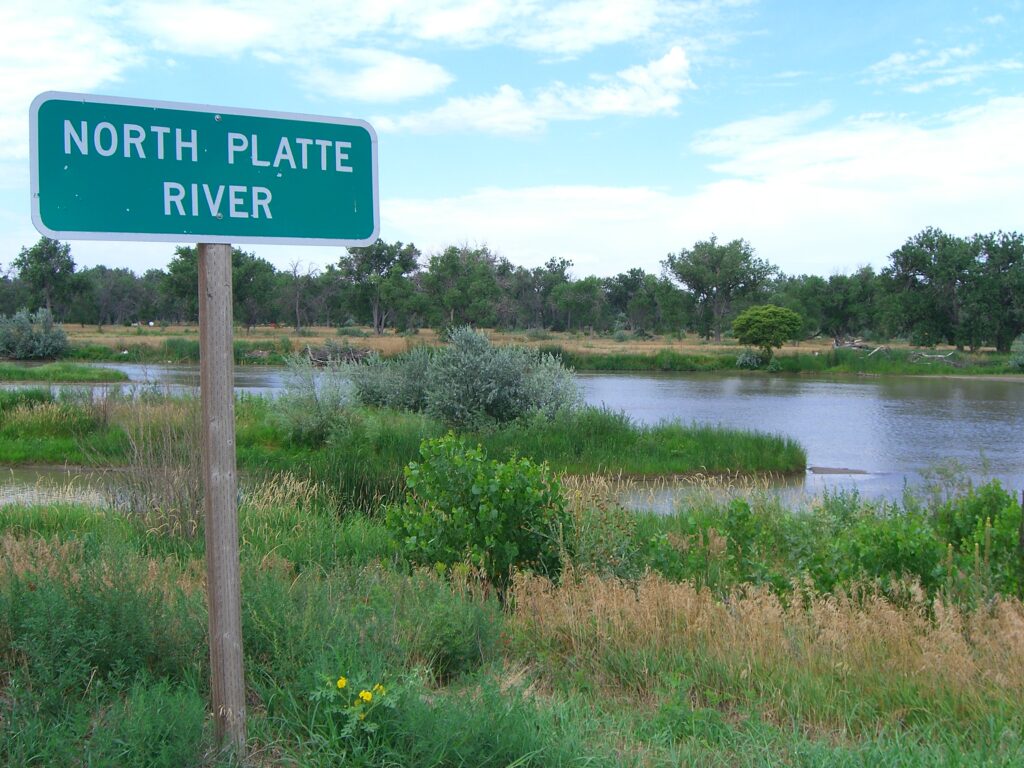
Colorado’s diverse geography and elevation changes create a year-round fishing calendar for the strategic angler willing to adapt locations and techniques to seasonal conditions. Spring brings midges and blue-winged olives to tailwaters while freestone rivers experience increasing runoff, making dam-controlled waters the primary focus until snowmelt subsides. Summer opens the entire state to productive fishing, with caddis, stonefly, and mayfly hatches on different waters creating calendar-worthy events for fly anglers tracking insect emergences. Fall represents many experienced anglers’ favorite season, as cooling temperatures trigger aggressive feeding behavior in trout preparing for winter, while decreasing recreational traffic on rivers creates more solitary experiences. Even winter offers excellent opportunities on tailwaters and lower-elevation rivers, where midges and small blue-winged olives continue to hatch on mild days, and fish concentrate in slower, deeper water where they can be targeted with nymphing techniques.
Conservation Challenges and Responsible Angling
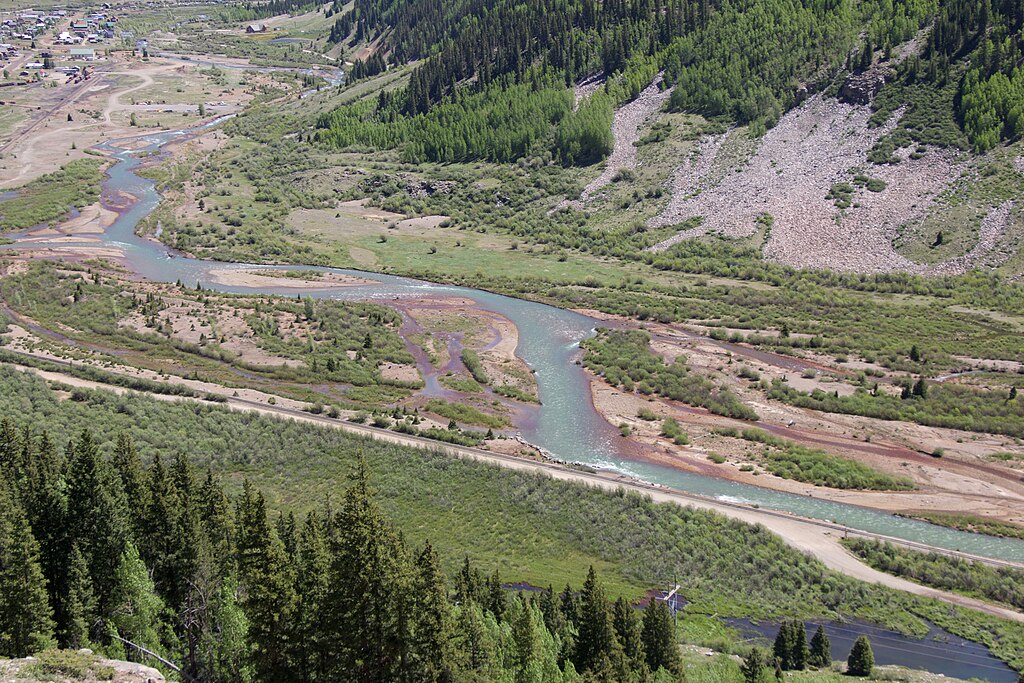
Colorado’s blue-ribbon trout waters face increasing pressures from multiple sources, requiring awareness and action from the angling community to preserve these precious resources. Climate change has already impacted water temperatures and flow patterns, with many rivers experiencing earlier runoff and warmer late-summer temperatures that can stress cold-water species like trout. Population growth in Colorado has dramatically increased fishing pressure on accessible waters, particularly those near the Front Range urban corridor, necessitating special regulations on many rivers to maintain quality fisheries. Responsible angling practices become increasingly important in this context, including proper catch-and-release techniques, avoiding fishing during the hottest parts of summer days when water temperatures exceed 67 degrees, and respecting private property boundaries along waterways. The future of Colorado’s trout fishing depends on finding sustainable balances between recreational use, water development for human needs, and conservation of aquatic ecosystems.
Top Trout Streams Every Angler Should Know

Colorado’s trout streams represent some of North America’s most valuable freshwater fishing resources, offering experiences that range from accessible urban waters to remote wilderness adventures. The state’s commitment to designating and protecting Gold Medal waters has created a framework for conservation that helps ensure these fisheries will remain productive for future generations. For anglers, Colorado’s diverse waters provide lifetimes of exploration possibilities, from famous rivers like the South Platte and Fryingpan to countless unnamed brooks holding native cutthroat in high alpine cirques. Whether pursuing trophy tailwater trout with technical presentations or seeking the simple pleasure of small native fish in wilderness settings, Colorado’s high country offers angling experiences that connect us to the landscape in profound and meaningful ways.


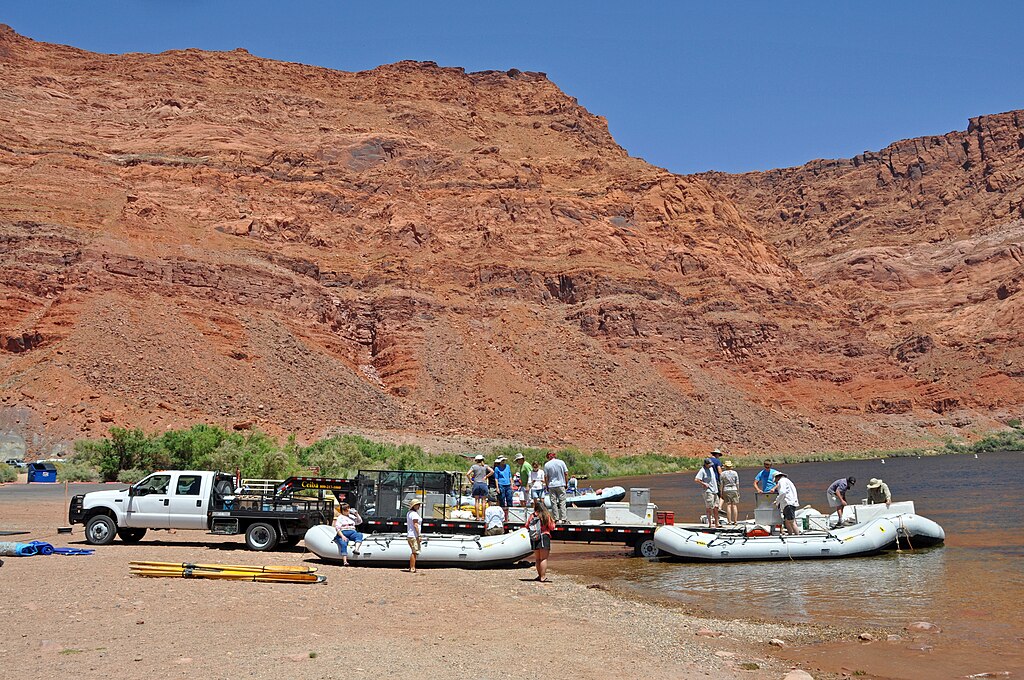











Post Comment